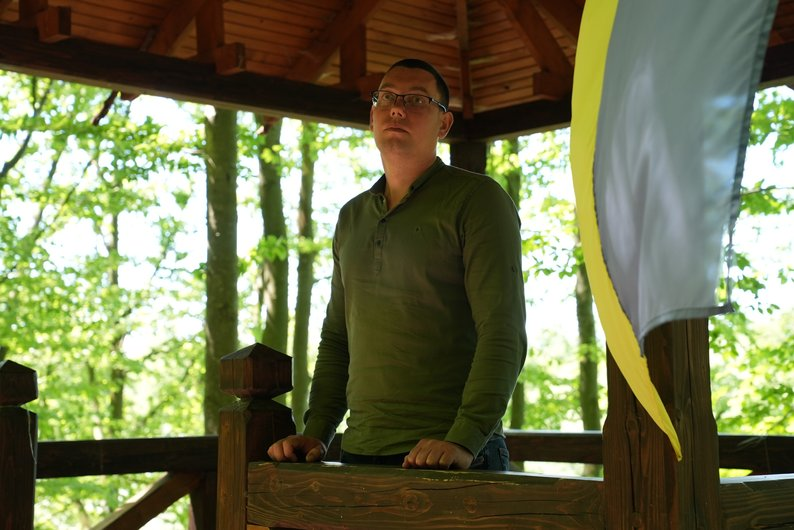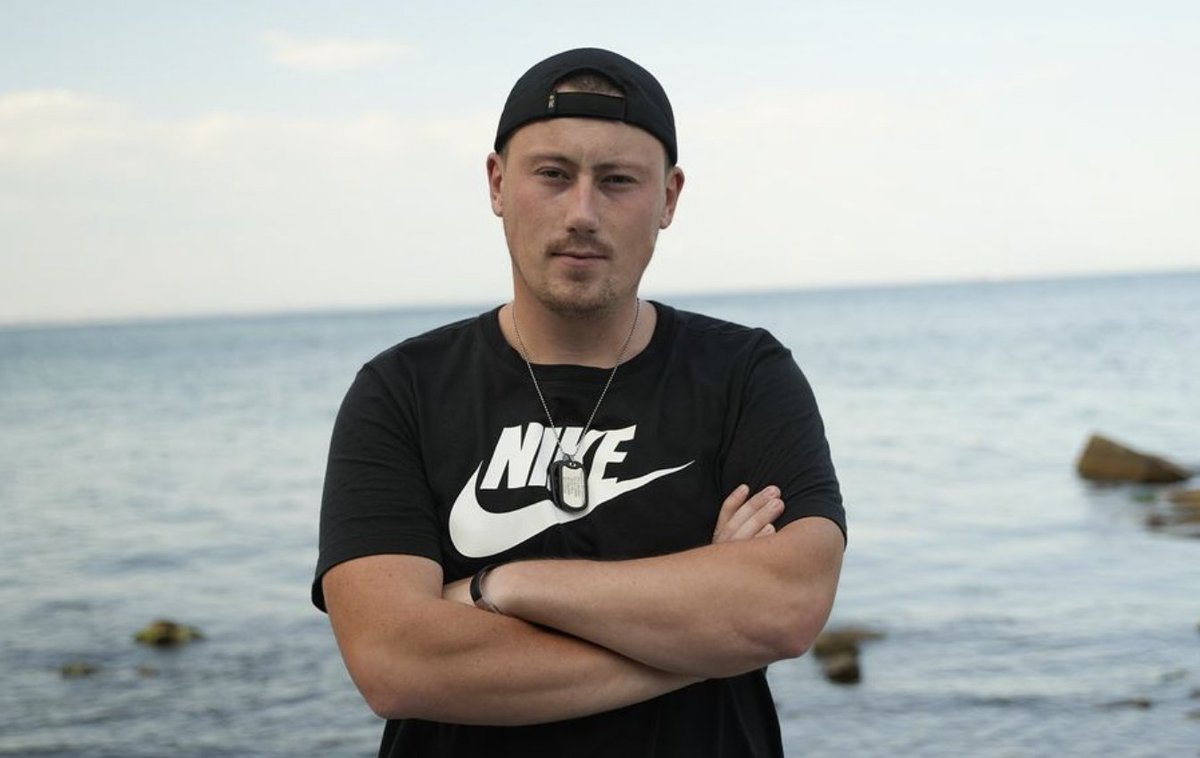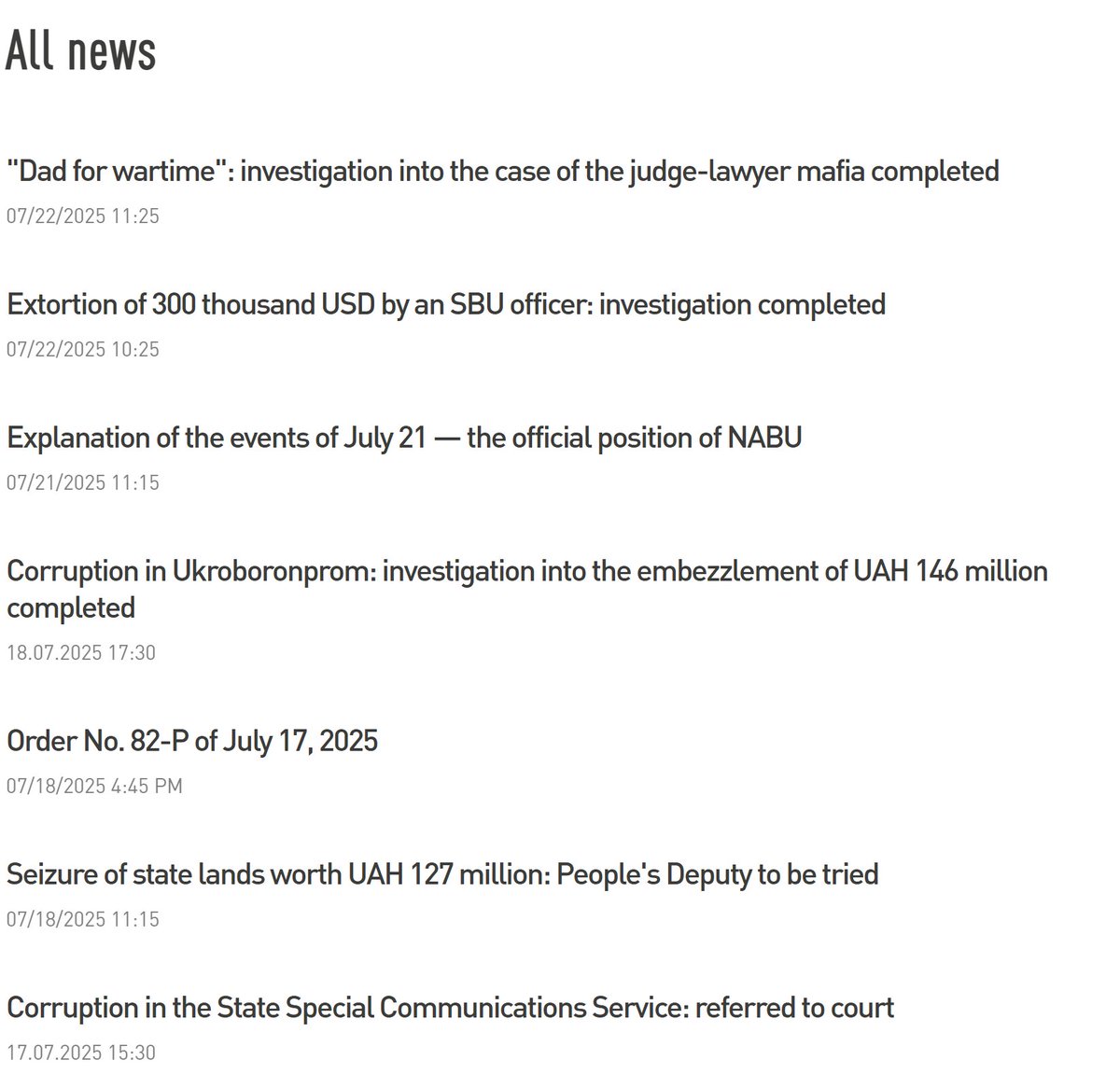Mari El THREAD. #RussiaDecolonized
This is the fourth thread in a series where we analyze the potential for independence in various regions, taking into account their history, economy, and geography. Today, we explore Mari El.
This is the fourth thread in a series where we analyze the potential for independence in various regions, taking into account their history, economy, and geography. Today, we explore Mari El.

HISTORY:
The history of Mari El traces back to ancient times, with the Mari people belonging to the Finno-Ugric family. They settled in the region thousands of years ago, establishing a unique culture and way of life that continues to shape the area today. /1
The history of Mari El traces back to ancient times, with the Mari people belonging to the Finno-Ugric family. They settled in the region thousands of years ago, establishing a unique culture and way of life that continues to shape the area today. /1
In the 16th century, the Mari lands came under the rule of the Russian Tsardom. This occurred soon after Tatarstan fell during Ivan the Terrible's eastward expansion campaign. /2
The Mari people have endured and continue to face challenges of cultural assimilation and Russification. Nevertheless, they have managed to preserve their language, traditions, and identity. /3 

Approximately 20% to 40% of the Mari population still adheres to their distinct pagan religion, which emphasizes a close connection between individuals and nature. /4 

Between 2001 and 2017, the head of the republic was Leonid Markelov, who is widely regarded as a local dictator and known for his policies of cultural repression. /5 

In 2005, the European Parliament passed a resolution highlighting human rights violations and the erosion of democracy in the Mari El Republic of the Russian Federation. /6 



The resolution specifically accused Markelov of suppressing local media, implementing discriminatory policies toward the Mari population, and violating human rights. /7
Here is the report by minorityrights.org. It is worth noting that the Moscow Helsinki Group, which played an active role in documenting cultural repression, has officially been dissolved in Russia since 2022, along with many other human rights initiatives. /8 

GEOGRAPHY
The Republic of Mari El is located in central Russia, specifically in the Volga Federal District. It is bordered by the Nizhny Novgorod Oblast, Kirov Oblast, the Republic of Tatarstan and the Republic of Chuvashia. /9

The Republic of Mari El is located in central Russia, specifically in the Volga Federal District. It is bordered by the Nizhny Novgorod Oblast, Kirov Oblast, the Republic of Tatarstan and the Republic of Chuvashia. /9


Nature truly thrives in Mari El, as the republic boasts an abundance of lakes and forests. Wood industry was an important part of export, considering the access of the republic to the Volga, which can be used for transportation. /10 

ECONOMY
In the 1990s, following the dissolution of the Soviet Union, Mari El experienced a significant economic downturn. The region, predominantly reliant on agriculture and livestock, was hit hard by a severe crisis. /11
In the 1990s, following the dissolution of the Soviet Union, Mari El experienced a significant economic downturn. The region, predominantly reliant on agriculture and livestock, was hit hard by a severe crisis. /11
The consequences were far-reaching, with poverty and unemployment plaguing the population. In search of stability and opportunities, many young Mari individuals were compelled to migrate to major cities, leaving behind their villages and time-honored traditions. /12 

Leonid Markelov used big parts of the budget for playing real-life Minecraft. He likes traveling and architecture, so he replicated Europe’s famous architecture in the central part of Mari El's capital Yoshkar-Ola. /13 







POPULATION
Mari El, a relatively small republic in Russian terms, is comparable in size to Slovenia, with a population of approximately 650,000. Throughout history, the Mari people have predominantly resided in rural areas. /14
Mari El, a relatively small republic in Russian terms, is comparable in size to Slovenia, with a population of approximately 650,000. Throughout history, the Mari people have predominantly resided in rural areas. /14

Contrary to the trend observed in previous threads, where indigenous populations are growing in their respective republics, Mari El presents a different scenario. Around half of the Mari population resides in other regions of Russia, situated nearby. /15 

It is important to approach population data, as presented in previous threads, with caution. Such data originates from official sources in Russia, which have been subject to potential manipulation and inaccuracies. /16
https://twitter.com/1364845405/status/1601603153623142402
Furthermore, a policy of russification has had a profound impact on the region. Consequently, a considerable number of Mari people no longer speak the Mari language and may not identify themselves as Maris anymore. /17
For instance, in 2001, over 70 percent of Mari households spoke Mari at home. However, by 2015, this figure had declined significantly to 41 percent, highlighting the decline in the usage of the Mari language within the community. /18
FREEDOM MOVEMENTS
In 1990, Mari El declared sovereignty while remaining an autonomous republic within the Russian SSR. In 1992, it became the Republic of Mari El within the Russian Federation. Like other regions, Mari El gradually lost its autonomous rights over the years. /19
In 1990, Mari El declared sovereignty while remaining an autonomous republic within the Russian SSR. In 1992, it became the Republic of Mari El within the Russian Federation. Like other regions, Mari El gradually lost its autonomous rights over the years. /19
Mari Ushem has been one of the leading organizations fighting for the rights of the Maris and preserving their culture for hundreds of years. They regularly organize all-Mari congresses, with the last one taking place in 2020. However, Mari activists still face persecution. /20
In recent times, several organizations have fought for rights and language preservation. In addition to persecuting them, the local government would organize its own movements that only pretend to offer help. /21 

Every few years, the World Congress of Finno-Ugric Peoples takes place, providing an opportunity to address problems. However, Russia often prevents activist participation by sending individuals working in the Mari government instead. /22
The Free Idel-Ural movement is also worth mentioning. This movement fights for the independence of six Volga republics, including Mari El. /23 

The co-founders of the Free Idel-Ural movement, Syres Bolyaien and Rafis Kashapov, belong to different nations, Tatar and Mordvin (Erzyan) respectively. This movement explicitly fights for the independence of both Finno-Ugric and Turkic peoples in the region. /24 

CONCLUSION
The Mari language and unique culture are endangered. Philologists predict that in 50 years, their unique language may no longer exist. The republic is not highly developed in terms of the economy. /25
The Mari language and unique culture are endangered. Philologists predict that in 50 years, their unique language may no longer exist. The republic is not highly developed in terms of the economy. /25

However, if the unity of independent Idel-Ural republics is established, they can foster good cooperation. Some republics have a strong industrial sector, some have oil reserves, and Mari El focuses on agriculture. Together, these republics can complement each other. /26 

In any case, measures should be taken to preserve Mari identity. There have been instances in Russia where languages ceased to exist, and under the current regime, it is only a matter of time before the next language disappears. /27
Thank you for reading and consider to support the project by buying me a coffee. Likes, retweets, and comments are also helpful. Thank you for your support!
buymeacoffee.com/VTretyak /28
buymeacoffee.com/VTretyak /28
Please engage with and share these thread series. Even small actions like liking, commenting, and sharing can contribute to the cause of ending Russian imperialism. #MariEl #RussiaDecolonized /29 

• • •
Missing some Tweet in this thread? You can try to
force a refresh
















